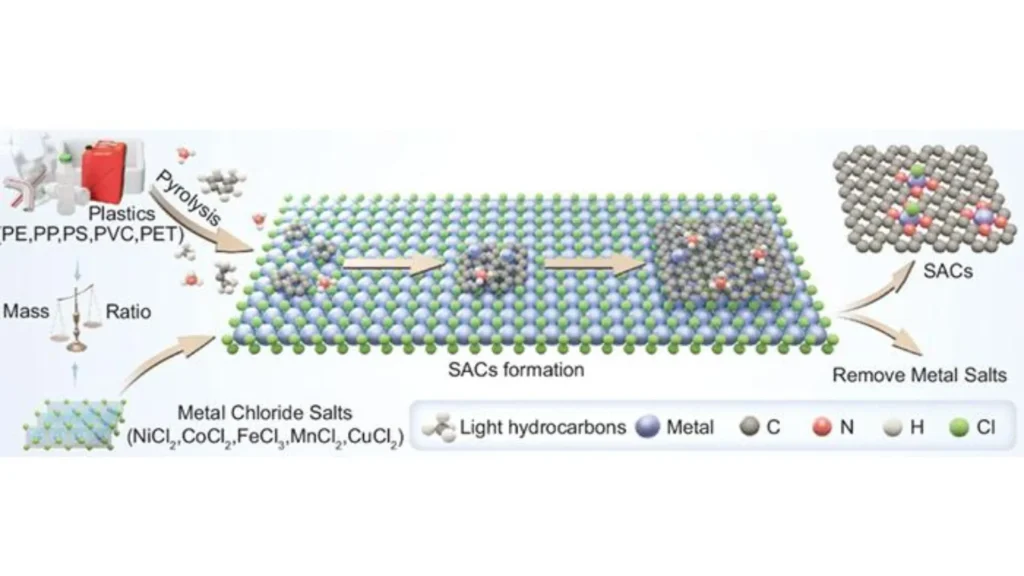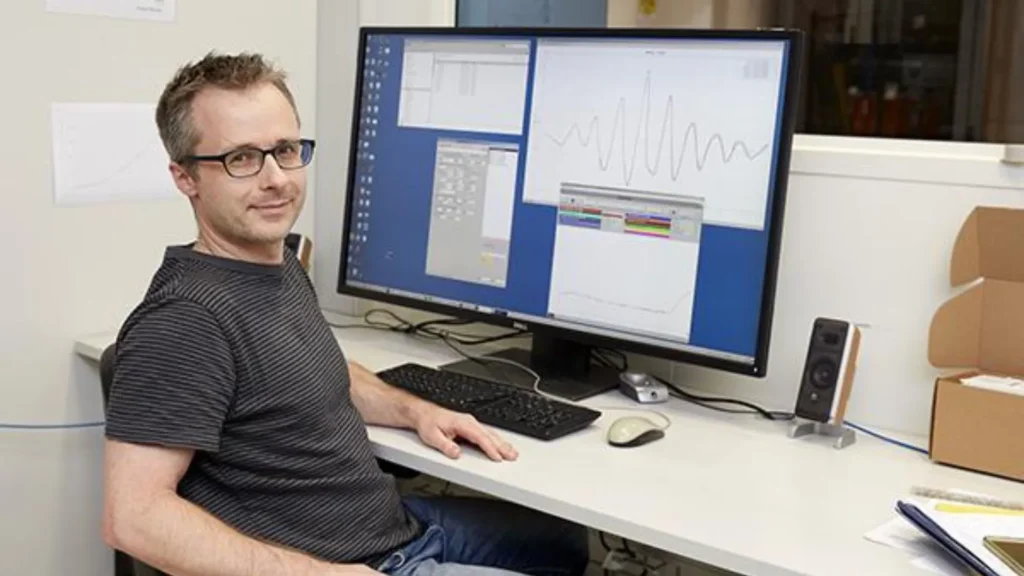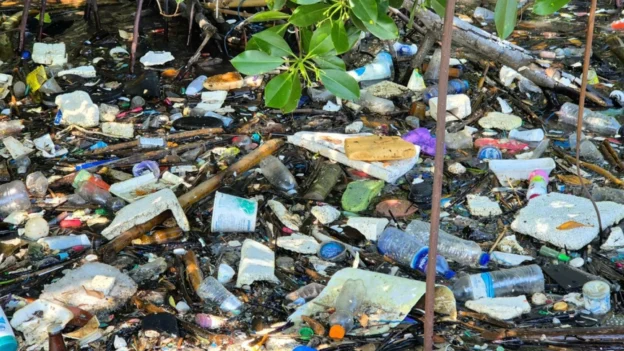In a joint initiative between the University of Adelaide and the Australian Synchrotron, scientists have demonstrated that it is possible to convert common plastic waste into advanced materials that could transform key sectors such as energy and the environment.
Single atom catalysts from plastic garbage
The team was able to recycle plastics such as PET, PVC, polyethylene and polypropylene into single-atom catalysts (SACs), where individual metal atoms are attached to a graphene matrix. These SACs demonstrated outstanding performance in decomposing micropollutants in water and powering reactions in fuel cells y lithium-sulfur batteries.
According to the researchers, the key lies in the atomic coordination environment that prevents the formation of nanoparticles, ensuring a uniform and reactive distribution of the metals. This was confirmed by X-ray absorption spectroscopy (XAS) at the ANSTO facility in Melbourne, a crucial tool to characterize atomic-scale materials.

A viable solution for the circular economy
The method accepts not only pure plastics, but also mixtures of solid wastes, generating functional catalysts at gram scale. This approach represents a realistic alternative to traditional recycling systems that fail in the face of the variety and complexity of post-consumer plastics.
We have proven that plastics can be a source of valuable materials, not just an environmental liability.
Dr. Shiying Ren, principal investigator, commented.
His team emphasizes that the method could be applied industrially and contribute to a sustainable transition in sectors such as electronics, energy and environmental engineering.
Precision science applied to sustainability
The use of the XAS beamline was instrumental in confirming that the metals are present as individual atoms and not as aggregates. This structural precision is what guarantees the chemical efficiency of the catalysts, allowing cleaner and more controlled reactions.
Dr. Bernt Johannessen of the Australian Synchrotron noted that this kind of advanced characterization is playing a central role in accelerating high-impact environmental innovations.

This advance adds to a body of research exploring the rational fabrication of catalysts at the atomic level, using complementary techniques such as salt templates to control the arrangement and type of active atoms. These strategies expand the possibilities for designing smart materials with properties tailored to specific needs. The study, published in Nature CommunicationsThe study, published in Nature Communications, supports a scalable strategy that stands as a key answer to the challenges of modern pollution.
Source and internal photos: ANSTO
Main photo: Shutterstock

